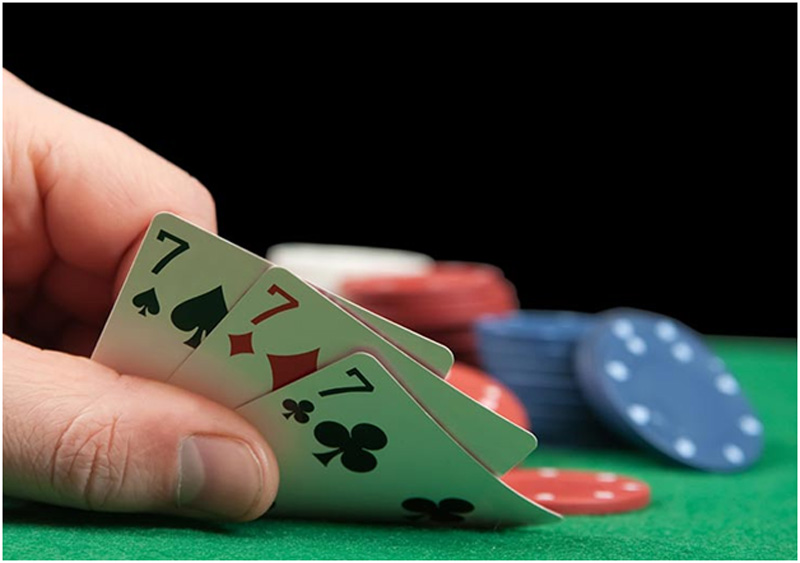In the Teen Patti call break game, each player is dealt 13 cards. The aim of the game is to create as many ‘calls’ or poker hands as possible, using these 13 cards. Here are some tips on how to make the most of your cards:
– First, take a look at your hand and assess what kind of hands you can make. If you have a lot of high-value cards, you’re in a good position to make strong calls. If you have a lot of low-value cards, you might want to focus on making smaller calls.
– Secondly, pay attention to what cards have been played by other players. This will give you an idea of what hands they might be holding and what calls they are likely to make.
– Thirdly, try to bluff your opponents by playing confidently even if you don’t have the best hand. This might make them second-guess themselves and fold their hand, giving you the win!
How to bluff your opponents.
Bluffing is an important part of any card game, and Teen Patti Call Break is no exception. Here are some tips on how to bluff effectively:
– First, choose your moments carefully. If you’ve been playing conservatively up until this point, then a sudden change in strategy might catch your opponents off guard.
– Secondly, act confident even if you’re not feeling it! The more confidence you show, the more likely it is that your opponents will believe your bluff and fold their hands.
– Finally, don’t overdo it. If you’re constantly bluffing, eventually your opponents will catch on and start calling your bluffs – which means you’ll end up losing more hands than winning them! So use this tactic sparingly for maximum effect.
How to read your opponents.
In any card game, it’s important to be able to read your opponents. This means trying to figure out what kind of hand they might have, based on their actions and body language. Here are some tips on how to read your opponents in Teen Patti Call Break:
– First, take note of how much time they take to make their move. If they’re hesitating or taking a long time to make a call, it’s likely that they don’t have a strong hand.
– Secondly, pay attention to their body language. If they’re avoiding eye contact or fidgeting nervously, they might be bluffing. On the other hand, if they’re confidently making calls and betting big, they probably have a good hand!
– Finally, try to remember what cards have been played. This will give you an idea of what hands your opponents might still have. For example, if an opponent has already played a high-value card, it’s unlikely that they’ll have another one in their hand.
